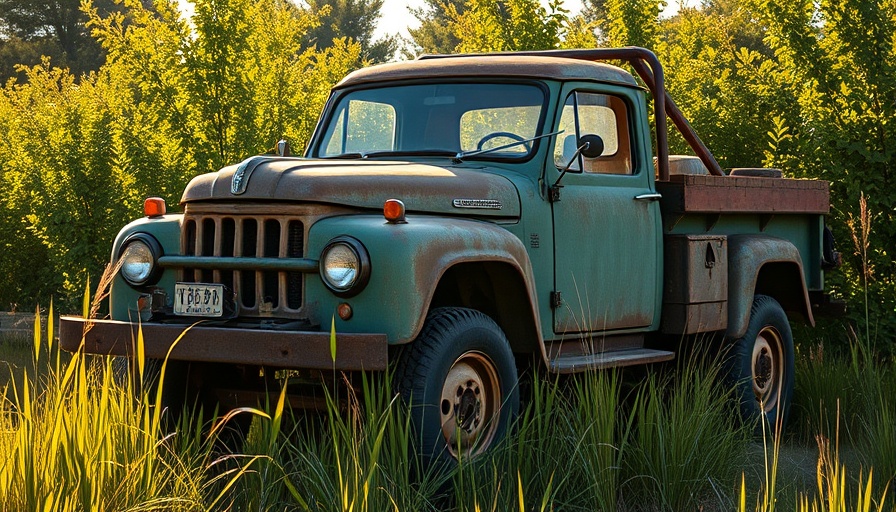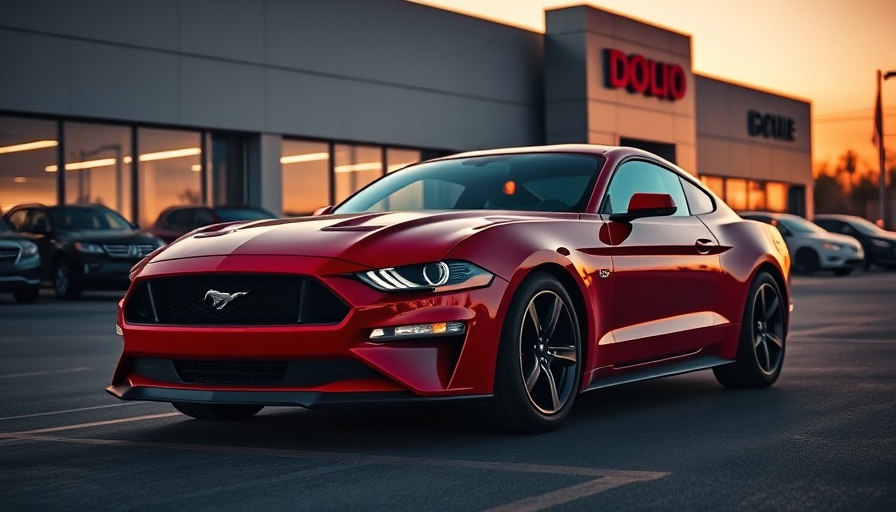
Tracing the Evolution of Sports Racing: From Danger to Design
Sports racing has long been a venue for pushing the limits of automotive design and engineering. From the open cockpits and roaring engines of the early 1900s to today's cutting-edge hypercars, the race track serves as both a proving ground and inspiration for everyday vehicles. This article examines how racing not only entertains but also drives innovation, influencing the very cars we rely on today.
The Early Days (1900s–1930s): Speed, Danger, and Innovation
The dawn of motorsport was marked by thrilling events like the Paris–Bordeaux race, where bravery and mechanical endurance led drivers through perilous, unpaved roads. Safety standards were nonexistent: no seatbelts, helmets, or pit crews; just the raw power of hand-built engines. These formative years saw manufacturers utilizing races to prove and refine their designs, driving major innovations in engine reliability and suspension systems.
Brands like Bugatti and Alfa Romeo emerged as dominant forces, setting new standards for performance. Racing transformed from simple speed contests to vital testing grounds for automotive technologies. This period's rugged determination laid the groundwork for the intricate and safety-focused designs we see in modern cars.
Post-War Boom (1940s–1960s): Birth of Modern Racing
After World War II, motorsport exploded in popularity. The creation of Formula One in 1950 marked a new era of professionalism, elevating racing as a global spectacle and proving ground. As the appetite for speed surged, cars evolved with significant advancements such as the introduction of disc brakes and lightweight tubular frames, enhancing handling and performance.
The legendary cars from this era, such as the Ferrari and Porsche, built their reputations on success in competitions. Their achievements on the racetrack had a direct impact on consumer interest, as buyers clamored for vehicles that shared characteristics with these racing champions.
The Turbo Era and Aerodynamics (1970s–1990s): Brains and Brawn
In the 1970s, the world witnessed unprecedented advancements as turbochargers began to dominate both Formula One and endurance racing. These innovations delivered immense power boosts while maintaining smaller engine profiles. This era emphasized aerodynamics, with features like wings and spoilers allowing vehicles to handle with scientific precision.
Rally racing also gained prominence during this time, creating a closer relationship between race cars and their street counterparts. The infamous Group B rally cars are a prime example—phenomenal performance machines that ultimately faced regulation challenges due to safety concerns.
The Present: Hypercars and the Future of Racing
Today, sports racing continues to captivate audiences with hypercars that meld advanced technology and performance. These innovative vehicles not only showcase what is possible on the racetrack but also feature enhancements that trickle down to everyday automobiles. Modern racing now incorporates hybrid technology, regenerative braking, and lightweight materials, all of which influence the future of vehicle design.
Connecting Racing to Everyday Car Maintenance
As sports racing evolves, so does the technology that influences standard vehicles. Innovations born on the track can greatly enhance everyday driving experiences. Car owners benefit from advancements in braking and suspension technologies that emerge from racing environments, making their vehicles safer and more responsive.
Regular maintenance practices, such as routine car service checklists, tire rotation schedules, and understanding how to check transmission fluid, have become essential for maintaining these advancements. Factors such as brake pad replacement costs, how to fix squeaky brakes, and even engine light diagnostics are now part of the informed car owner's lexicon.
What can Car Owners Learn from Racing?
For those who engage in DIY car maintenance or restorations, there's immense value in understanding the principles that guide modern automotive design. Whether it's learning how often to change oil or the best oil for high mileage cars, sports racing’s influence creates a path for consumers to keep their vehicles in peak condition.
The relationship between racing and daily driving isn't just about speed; it's about safety, efficiency, and continuous innovation. Car enthusiasts can leverage insights from both realms to enhance their vehicles and ensure performance longevity.
Conclusion: Embracing the Lightning Evolution of Racing
The evolution of sports racing embodies the spirit of innovation and adventure that drives the automotive world. By keeping an eye on the advancements in racing, car enthusiasts and everyday drivers alike can gain valuable insights into vehicle technology and maintenance. Those willing to engage in their vehicle's upkeep are not just sustaining a car; they are participating in a legacy of speed, safety, and intelligent design.
 Add Row
Add Row  Add
Add 




Write A Comment